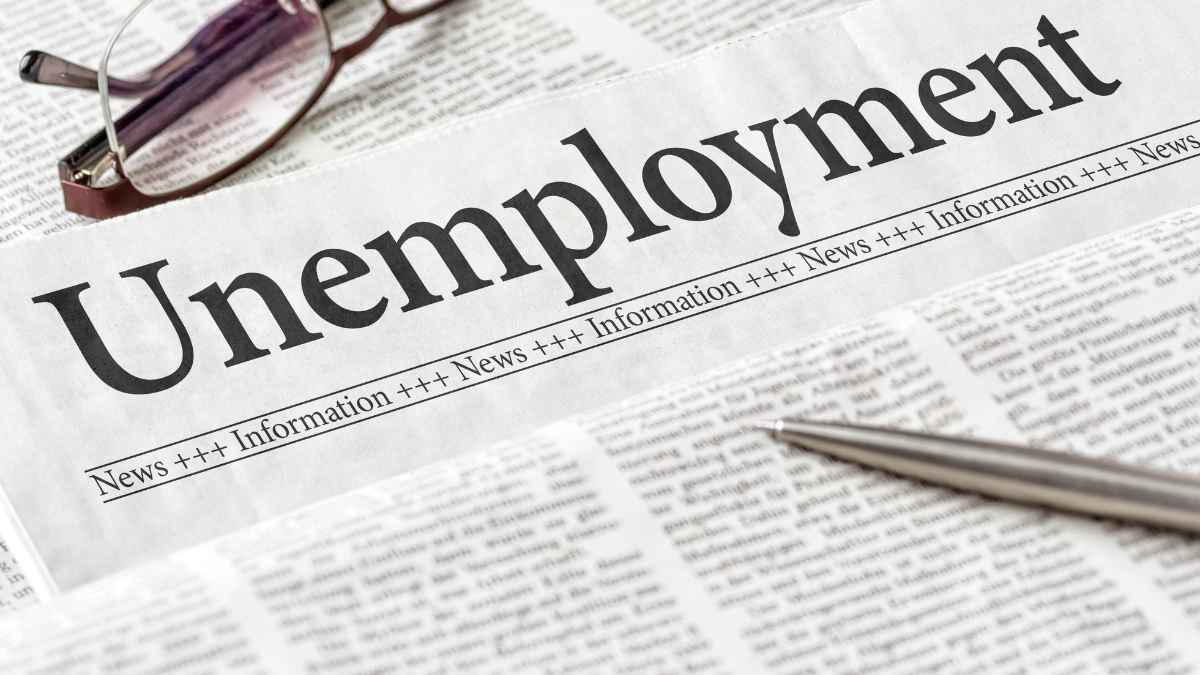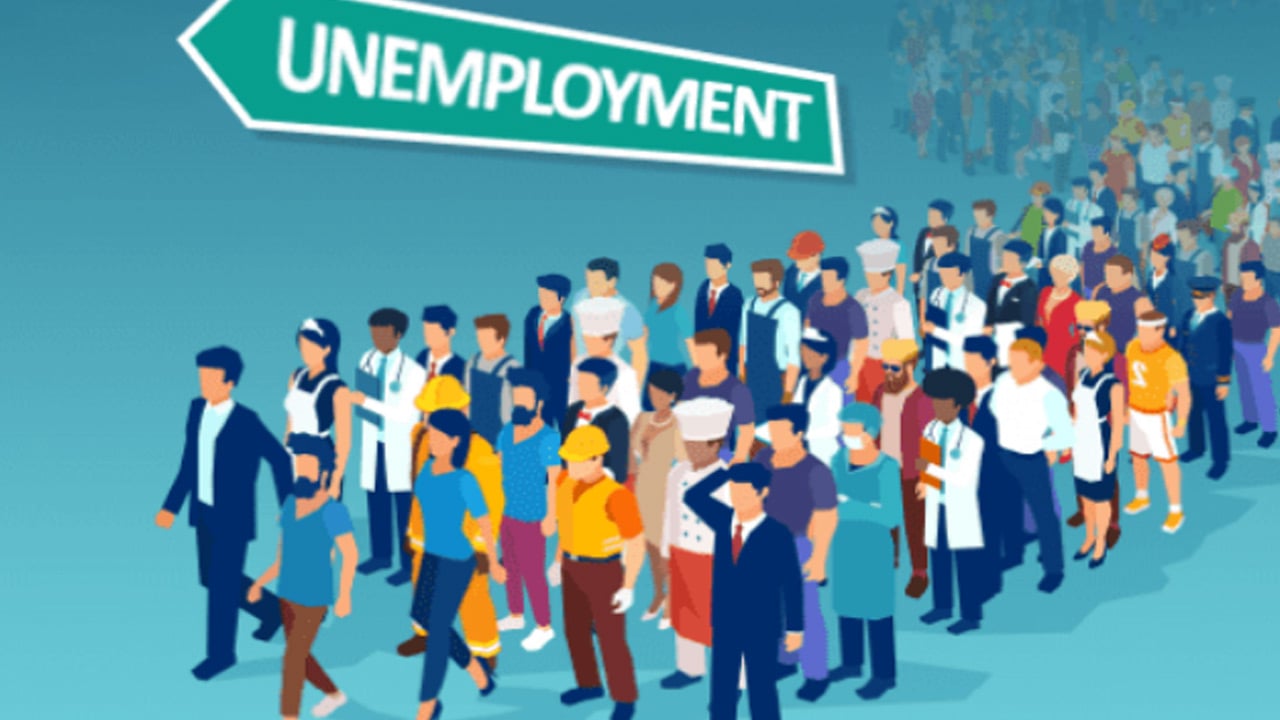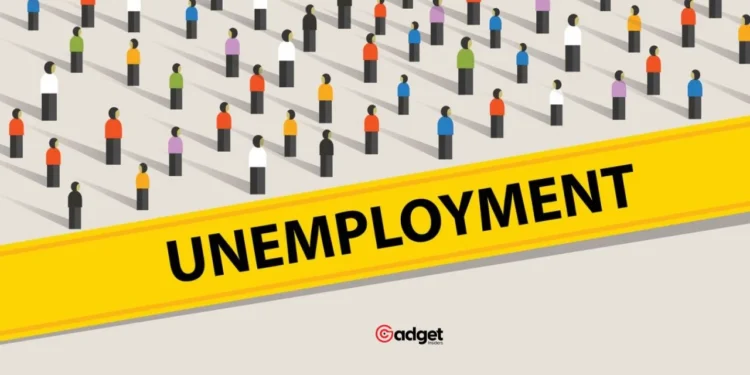The American Job market continues to demonstrate resilience despite the uptick in unemployment benefit applications last week. Data from the U.S. Labor Department reveals a modest increase in jobless claims, with figures rising by 3,000 to 219,000 for the week ending May 25.
This rise, while slight, has captured the attention of analysts and economists as they gauge the impact of inflation and higher interest rates on the workforce.

Analyzing the Number of Jobs
The four-week moving average, a metric used to smooth out anomalies in weekly reports, also increased. It rose by 2,500, reaching 222,500.
This number is crucial as it helps diminish the volatility of weekly figures, providing a clearer view of underlying trends. Weekly unemployment claims serve as a proxy for layoffs across the country, and despite recent increases, they remain at levels indicative of a healthy labor market.
This continuity suggests that the large-scale job losses seen at the onset of the COVID-19 pandemic in spring 2020 have not returned, even as the economy faces new challenges.
Federal Reserve’s Role and Economic Outlook
The Federal Reserve has been a key player in this scenario, increasing its benchmark borrowing rate 11 times since March 2022. These actions aimed to control the inflation that surged to a four-decade high following the economic recovery from the COVID-19 recession.
Despite concerns that such rapid rate hikes might push the economy into a recession, strong consumer demand and a robust labor market have kept economic downturns at bay.

In April, the labor market showed signs of cooling, with the addition of 175,000 jobs, marking the lowest in six months. The unemployment rate slightly increased to 3.9% from 3.8%, maintaining a sub-4% level for 27 consecutive months—a streak unseen since the 1960s.
With job openings at their lowest in three years, these indicators may influence the Federal Reserve’s upcoming decisions, possibly easing interest rates if the current trends continue.
Sector-Specific Impacts and Broader Implications
Recent job cuts have been more pronounced in sectors like technology and media, with major corporations such as Alphabet, Apple, and eBay announcing reductions. Beyond these industries, companies like Walmart, Peloton, Stellantis, Nike, and Tesla have also initiated layoffs, reflecting a broader trend of workforce adjustments.

As of the week ending May 18, approximately 1.79 million Americans were collecting unemployment benefits, a slight increase from the previous week. This figure, while showing a small rise, underscores the ongoing adjustments within the U.S. labor market amidst economic shifts.
Moving Forward
While the increase in unemployment claims may suggest a shift, the overall health of the labor market remains strong. The ongoing economic resilience amid inflationary pressures and interest rate hikes paints a complex picture of the American workforce.
As the Federal Reserve continues to navigate these turbulent waters, all eyes will be on how these subtle shifts could shape the labor market’s trajectory in the coming months.










